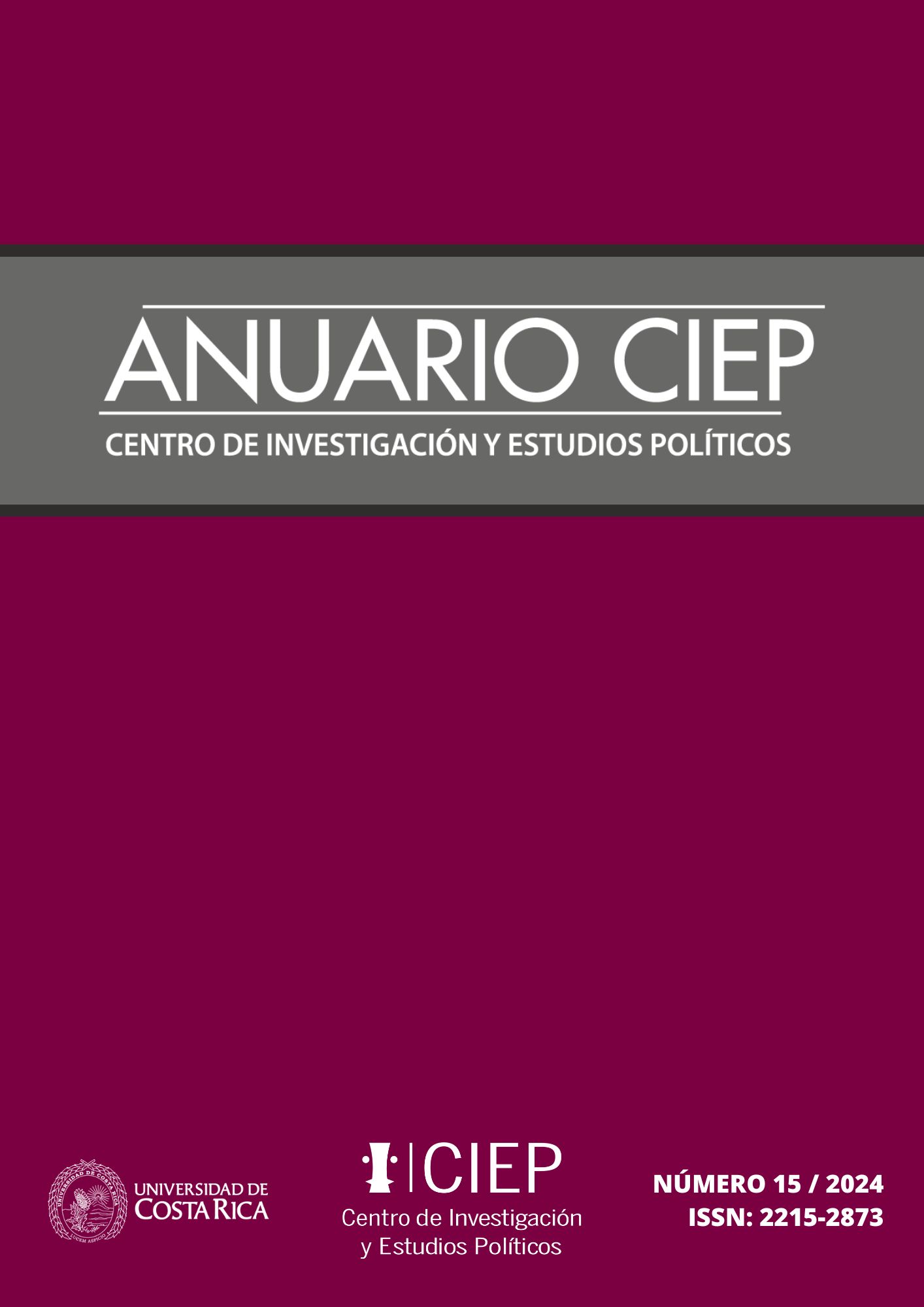Abstract
Contemporary forms of capitalist expansion have placed the territorial question at the center of academic debates, promoting the actualization of old concerns, as well as the opening of new horizons of discussion. For this article, it is of interest to reflect on what these discussions contribute to the study of the so-called agrarian frontiers. That is, those spaces classically considered as spaces of opportunity for the deployment of projects of capitalist expansion and territorial control. It is undeniable that this type of spatial production has been constitutive of regional configurations (subnational, but also cross-border), as well as the heterogeneous processes of state formation throughout Latin America. Currently, a large part of the agrarian frontiers present notable social, environmental and infrastructural transformations, and even lack “free lands.” However, far from being oblivious to global economic-political transformations, they are once again in the spotlight. In this sense, it is pertinent to ask: How have agrarian frontiers been transforming at the beginning of the 21st century? Since it is convenient to consider these questions in a situated manner, the article reflects in the light of two agrarian borders that share the same line of international division, without being formally constituted as a cross-border zone. Thus, taking into account their common aspects and their respective specificities, the question previously formulated is answered and useful analytical notes are offered for similar contexts in Latin America.
##plugins.facebook.comentarios##

This work is licensed under a Creative Commons Attribution-NonCommercial-NoDerivatives 4.0 International License.
Copyright (c) 2024 Ingreet Juliet Cano Castellanos


